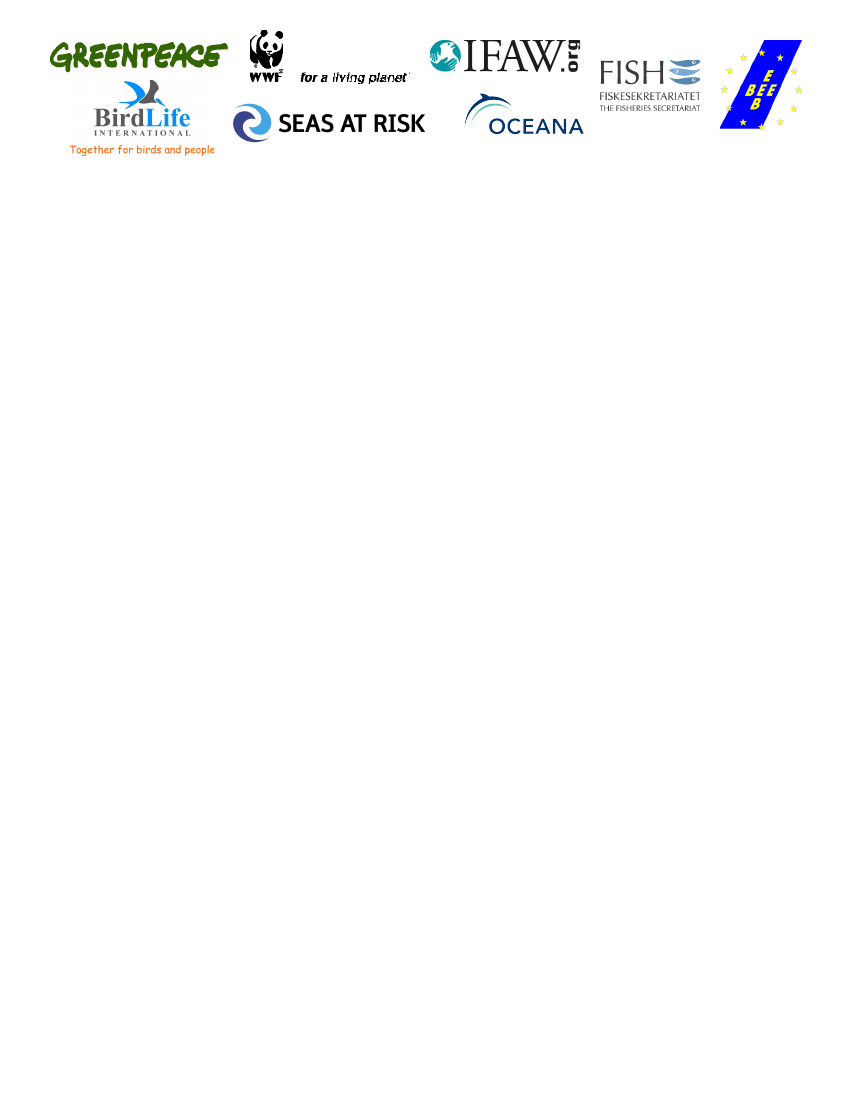
Defining Good Environmental Status in the context of the European Marine
Strategy Directive
What constitutes a healthy marine environment?
At the heart of the development of the European Marine Strategy (EMS) is recognition of the need for integrated
management of human activities impacting on marine ecosystems – effectively an ecosystem-based approach.
The EMS stakeholder process identified four strategic goals relevant throughout the EU’s marine waters:
A. To protect, allow recovery and, where practicable, restore the function and structure of marine
biodiversity and ecosystems in order to achieve and maintain good ecological status of these ecosystems.
B. To phase out pollution in the marine environment so as to ensure that there are no significant impacts or
risk to human and/or on ecosystem health and/or on uses of the sea.
C. To contain the use of marine resources and goods and other activities in marine areas to levels that are
sustainable and that do not compromise uses and activities of future generations nor the capacity of
marine ecosystems to respond to changes.
D. To apply the principles of good governance, both within Europe and globally.
These have been superseded in the proposed Marine Strategy Directive by the single overarching objective of
achieving “Good
Environmental Status”
in European marine waters.
How Good Environmental Status (GES) is defined is fundamental to the effectiveness of the Marine Strategy
Directive. Arriving at a definition that is acceptable to all will be a significant challenge, but we do not believe
such a central question should be deferred until after the Directive has come into force. NGOs hope that
stakeholders will be given the opportunity to participate in and contribute to a wider debate on what constitutes
Good Environmental Status.
The list of GES criteria presented in this document is a joint contribution from BirdLife International, the
European Environment Bureau, Greenpeace, the International Fund for Animal Welfare, Oceana, the Fisheries
Secretariat, Seas At Risk and WWF to this debate. The list contains two overarching criteria (namely criteria a
and b) that describe the desired outcomes for ecosystem components, and a series of criteria (c to p) that refer to
the control and detection of pressures and responses that result from human activities in the marine environment.
The latter reflects the fact that we can only aim to manage human activities and not the marine environment itself
and builds on the ecosystem approach to the management of human activities. All criteria have been drafted to be
consistent with international and regional commitments.
1